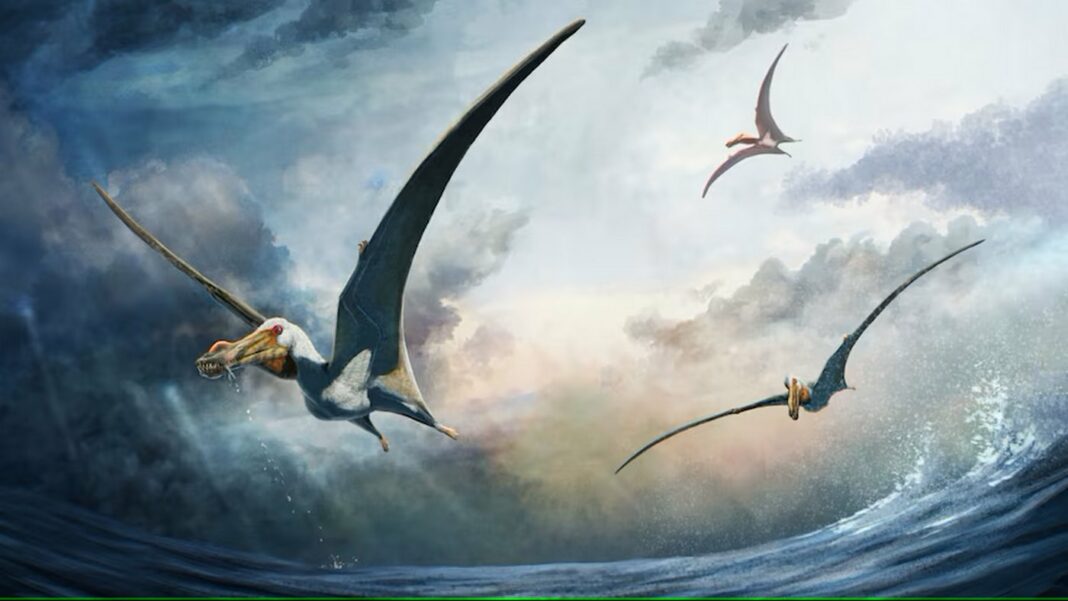Fossilized Bones Found in Australia Identified as New Species of Pterosaur
Introduction
In a groundbreaking discovery, paleontologists in Australia have identified fossilized bones found in the Outback as belonging to a new species of pterosaur. Pterosaurs were flying reptiles that lived during the Mesozoic Era, alongside dinosaurs. The newly identified species is believed to have had a wingspan of over 20 feet, making it one of the largest pterosaurs ever found.
Discovery of the Fossils
The fossilized bones were discovered by a team of paleontologists from the University of Queensland during an excavation in the remote Australian Outback. The bones were found embedded in ancient rock formations dating back over 90 million years. The team spent months carefully extracting and studying the fossils before coming to the conclusion that they belonged to a previously unknown species of pterosaur.
Identification of the New Species
Using advanced scanning techniques and comparative analysis, the paleontologists were able to determine that the fossilized bones belonged to a new species of pterosaur. The researchers named the new species Pteranodon australis, in honor of its Australian origins. Further analysis of the bones revealed that Pteranodon australis had a robust jaw structure and teeth, indicating that it was likely a carnivorous pterosaur.
Implications of the Discovery
The discovery of Pteranodon australis has significant implications for our understanding of pterosaur evolution and diversity. The size and morphology of the newly identified species suggest that pterosaurs were a highly diverse group of animals, with a wide range of adaptations for different ecological roles. This discovery also highlights the importance of continued paleontological research in remote and underexplored regions, such as the Australian Outback.
Conclusion
The identification of fossilized bones found in Australia as a new species of pterosaur, Pteranodon australis, represents a major breakthrough in our understanding of prehistoric flying reptiles. This discovery provides valuable insight into the evolution and diversity of pterosaurs and underscores the importance of paleontological research in uncovering new species and expanding our knowledge of ancient life forms.
FAQs
1. What is a pterosaur?
A pterosaur is an extinct group of flying reptiles that lived during the Mesozoic Era, alongside dinosaurs. Pterosaurs had wings made of skin stretched between an elongated fourth finger and their bodies, allowing them to fly.
2. How were the fossilized bones of Pteranodon australis identified as a new species?
The paleontologists used advanced scanning techniques and comparative analysis to study the structure and morphology of the fossilized bones. By comparing the bones to known species of pterosaurs, the researchers were able to determine that the fossils belonged to a previously unknown species.
3. What does the discovery of Pteranodon australis tell us about pterosaur evolution?
The discovery of Pteranodon australis suggests that pterosaurs were a diverse group of animals with a wide range of adaptations for different ecological roles. The size and morphology of the newly identified species provide valuable insights into the evolution and diversity of pterosaurs during the Mesozoic Era.




